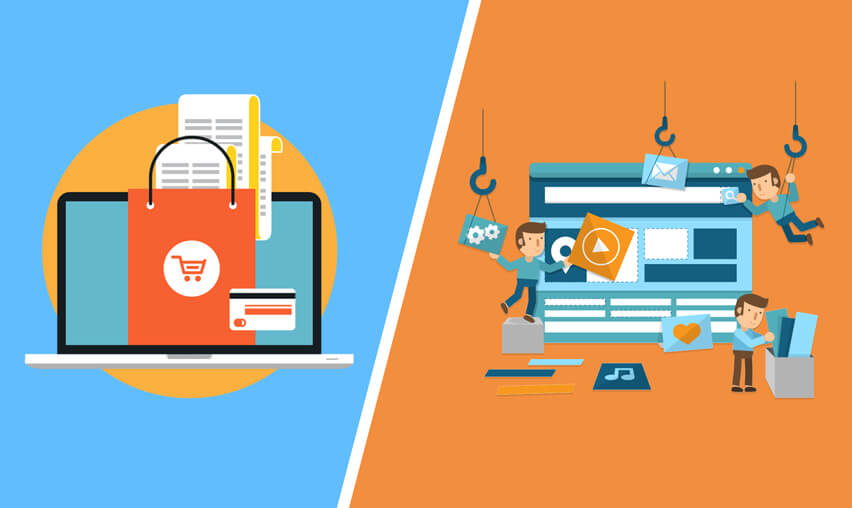There’s a few important steps to successfully develop custom asset management software applications for your growing organization. Centralized asset management platforms empower businesses to track, monitor, and analyze their most valuable resources. When properly configured, these solutions are known to minimize administrative expensive, strengthen asset utilization, and promote high-levels of visibility. As a software-savvy business owner yourself, you should consider these advanced applications to supercharge productivity, efficiency, and management. Plus, this type of tech makes running a business easier too. To get started now, read on to learn how to develop asset management software for your organization.
Take Inventory Of Your Assets
Before you can start building, you need to think about what assets you are exactly looking to manage. This will help you analyze and package all of this functionality into a comprehensive asset management software application. Start off by getting a full, holistic picture of your organization’s current asset portfolio. Remember, these can be any distinct business items, whether they are tangible, virtual, or impalpable. You may be dealing with hard physical assets, like machinery, equipment, and real estate. Or, you may be working primarily with intangible valuables, like intellectual property (IP), custom software, or business content. Surely, take inventory of your assets when building a bespoke asset management software application.
Write A Development Budget
Next, write your budget for asset management software development. You want to write a comprehensive budget that is based off company goals, your current financial position, as well as software requirements. Start off by thinking about what you currently spend money on. It may help to involve some key stakeholders during this initial cost discussion. Then, consider how much it will cost you to design, develop, and deploy your software application. To get accurate results, factor in the costs of development tools, labor, testing, and post-deployment monitoring. Indeed, writing a budget is key to develop an internal asset management software for your organization.
Analyze Distribution Requirements
Now, you are ready to start thinking about your software application’s distribution requirements. Before development, you need a clear plan to securely deploy and release your platform. Ideally, you should develop a strategy to get your product to internal team members, business executives, and top-tier stakeholders. Most commonly, programming teams will recommend using a reliable set of development tools and supporting technologies. For example, you can use JFrog’s secure, reliable platform to streamline the distribution of software. This dependable solution gives you all the functionality needed to accelerate trusted, fast software releases with security, confidence, and ease. With these utilities in place, you’ll be able to speed up product deployments, along with concurrent downloads at scale. Certainly, think about your distribution requirements to develop an asset management software for your organization.
Outline All The Required Features
At this point, it is time to start thinking about all the required features your custom asset management software will contain. There are several core functionalities every business application needs to support. For a start, it needs to provide seamless inventory control, tracking, tagging, scanning, and monitoring functionality. Plus, it needs to provide your team with a way to schedule preventative maintenance, report on utilization, and promote inventory security. Some other critical features support document tracking and access control. In fact, you may even want to build a tool that streamlines regulatory compliance and equipment maintenance tracking. Absolutely, outline all the required features and functionalities when developing an asset management software from scratch.
Choose A Development Model
Once you’ve taken all the aforementioned steps, you can finally select a development model for your asset management software. There are a wide range of popular development methodologies you can use on your upcoming project. Many times, notable dev teams opt for the classical waterfall software engineering model. This forward looking framework breaks your SDLC down into several organized, comprehensive stages. Some of the most mission-critical are the feasibility study, requirements specification, design, and system testing phases. If this doesn’t meet your needs, you may want to consider an alternate approach, like agile, lean, or rapid application development (RAD). Or, you can consider DevOps if your team is highly focused on collaboration.
There are a few critical steps to develop custom asset management software for your growing small business organization. First and foremost, take inventory of all your business assets. Next, use strong financial planning techniques to write a comprehensive development budget. Next, think about your unique distribution requirements. At this point, it is time to lay out all the features your bespoke software application will contain. Afterwards, take some time to think about the development model you will use on your upcoming project. Follow the points highlighted above to learn how to develop asset management software for your organization.
